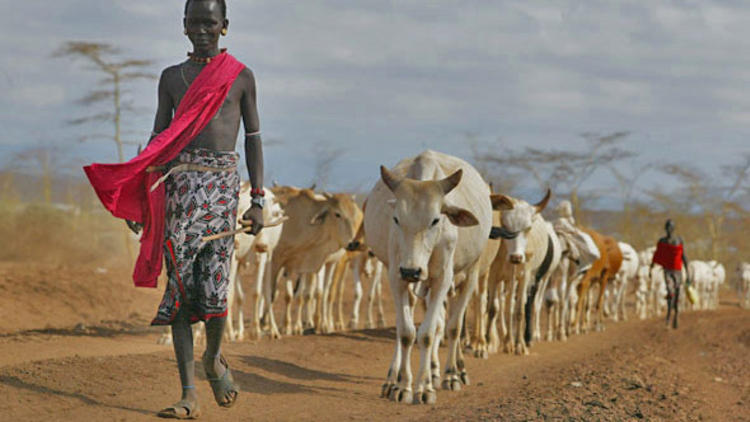13. subsistence
Short Answer: A pattern of subsistence is the methods that people use to obtain or produce food.
Long Answer: When anthropologists look back into the time of the Neolithic Age, one of the main aspects that is thoroughly investigated is the several characteristics of a culture's material culture, or the physical evidence of a culture by looking at the objects that they make. One of the main ideas of material culture includes the pattern of subsistence, or the methods by which people obtain and produce food. The concept of material culture also includes the way people exchange goods and services (trade), the types of objects and tools that this culture made or used, and the effects of this culture's economy on the natural environment. The subsistence pattern is influenced greatly by the type of region that a society is in. In the category of subsistence, anthropologists look at four major sub-categories. These include foraging, horticulture, pastoralism, and intensive agriculture. Foraging, the process of hunting and gathering wild plants and animals, is the most ancient of the human subsistence patterns including the famous act of hunting and gathering. Horticulture, small scale farming, is usually more effective than foraging but is usually used for communities with a greater population. Pastoralism, the subsistence pattern where people tend herds of large animals, includes animals such as horses, sheep, and goats. Intensive agriculture, the primary subsistence pattern of large-scale cities, results in the pattern with the most food being produced. Using these patterns, anthropologists were able to divide cultures into more easily defined groups, which also helps to predict more aspects of these ancient peoples culture.
 HORTICULTURE
HORTICULTURE
 PASTORALISM
PASTORALISM
SOURCES: 1) Origins Manual (pg.68,69) 2) http://anthro.palomar.edu/subsistence/sub_1.htm 3) http://sites.udel.edu/materialculture/about/what-is-material-culture/ BY: Stephanie Sarkar